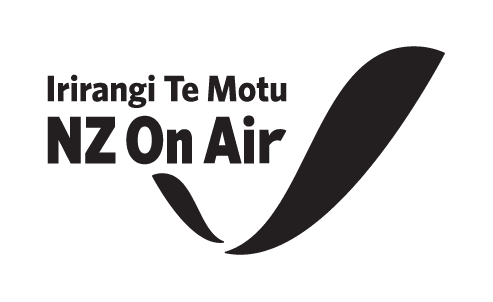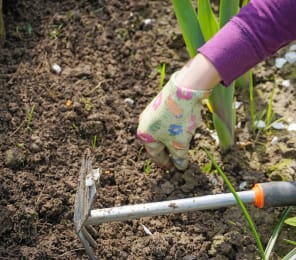Tairāwhiti-based health organisations are busy working to increase childhood immunisation rates as winter approaches and after a warning that New Zealand is on the brink of a measles epidemic.
A co-authored Public Health Communication Centre briefing released in February called for urgent action “to prevent a measles epidemic in Aotearoa New Zealand”.
Among its authors were immunisation expert Dr Nikki Turner, epidemiologist Michael Baker and former Tairāwhiti Medical Health Officer Dr Os Mansoor.
“The World Health Organization Regional Verification Commission for Measles and Rubella Elimination has concluded that New Zealand is at risk of a large outbreak and losing its elimination status unless immunity gaps are rapidly closed,” the briefing stated.
The most recent data from Te Whatu Ora Health New Zealand show that 50 percent of Tairāwhiti children at six months old are fully immunised. The rate in Māori children at this age is just 41.6 percent. This difference continues through each age bracket.
At eight months, only 59.4 percent of Māori are fully immunised compared with the Tairāwhiti total of 70.2 percent.
At 12 months, it is 63.4 percent of Māori compared with 78.4 percent; and at 24 months, the rate is 63.4 percent of Māori compared with 70 percent overall.
Jess Terekia, a Gisborne mother of two — Pareaira (2) and Tokorangi Orotaunga (11 weeks) — is making sure her tamariki are fully immunised.
“I am fully immunised myself and believe this is the best action to tiaki (protect) my pēpi (baby) from all-year-round māuiuitanga (illnesses).”
Her eldest is at kōhanga reo while Tokorangi will join her when Jess returns to mahi.
“Making sure my tamariki are immunised means protecting not only my tamariki, but other pēpi and whānau around us.”
Te Whatu Ora Tairāwhiti interim hospital lead Bhargav Srinivasan said their focus remained on supporting people in Tairāwhiti to trust in immunisations, and choose to immunise their whānau, tamariki and themselves.
“The tragic deaths of several children in Aotearoa New Zealand from whooping cough in 2023 highlights the need to protect newborns against newborn and childhood illness,” Mr Srinivasan said.
Alongside the wider healthcare sector, they are working hard to improve pregnancy and childhood immunisation rates to give newborns vital protection against vaccine-preventable diseases.
Health NZ Tairāwhiti Well Child has opened a drop-in immunisation clinic at 295 Palmerston Road for childhood and pregnancy immunisations, including helping whānau create catch-up immunisation plans.
This clinic is open weekdays 9am-4pm.
“A local immunisation steering group ensures a joined-up approach with vaccinating providers to improve immunisation rates across Tairāwhiti,” Nr Srinivasan.
Turanga Health and Ngāti Porou Oranga hold immunisation events and community outreach activities across Tairāwhiti.
“Sitting behind this work is a regional immunisation action plan that aims to improve access to immunisations, and support for whānau to catch up.”
Participating pharmacies have been giving childhood vaccinations nationwide since April 1.
General practicesl remain the preferred place to have childhood immunisations as important medical checks take place during these visits.
However, pharmacies provide another option for whānau to access free childhood immunisations in their communities if they cannot get to their GP or are unenrolled.










